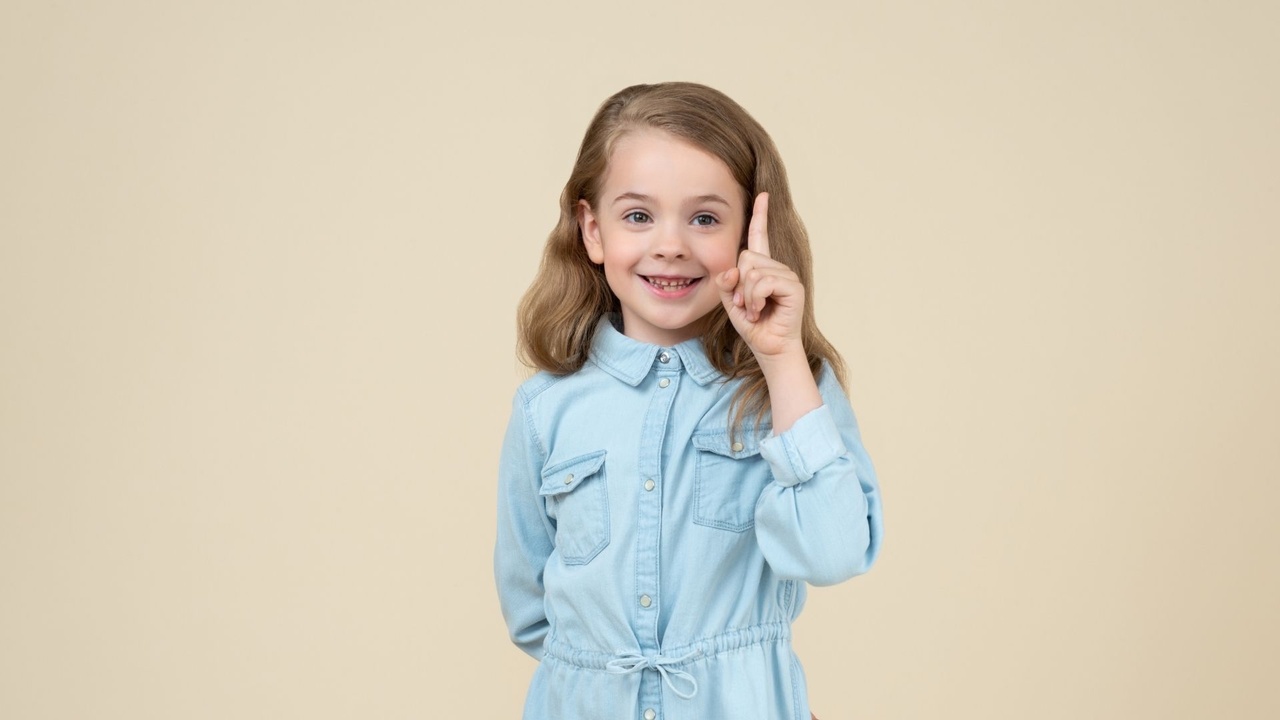How do you Know?
Mar 30, 2022
In indigenous ways of knowing, we understand a thing only when we understand it with all four aspects of our Being – mind, body, emotion, and Spirit.
—Greg Cajete, as quoted in Braiding Sweetgrass, by Robin Wall Kimmerer
The indigenous view on the holistic nature of knowledge very much resonates with the yogic notion of knowledge.
Jnana, the Sanskrit word for knowledge, isn’t only about understanding something intellectually, it’s about knowing it through your own direct experience. Therefore, it involves more than just the mind. Knowledge in yoga is a cognitive experience that involves your whole being - body, mind, emotions, and spirit.
In the yoga tradition, there are many models of the human being as a series of interpenetrating layers. One of the earliest models, known as the three-bodies doctrine, comes from Vedantic philosophy. Read more
According to this model, the three bodies of the human being are the gross or physical body, the subtle body—which includes mental and emotional bodies—and the causal body which is considered to be the seed, or the cause, that gives rise to the other two and is closest to the unchanging core of who we are, which in this system is the atman, often referred to as the Self.
One analogy given for this model is that of the tamarind fruit. The fruit that grows on the tamarind tree is a brown pod that looks like a big string bean. The physical body is likened to the outer shell of a tamarind fruit, the pulp inside the shell that is eaten as the fruit represents the subtle body, and the seeds inside corresponds to the causal body.
Yoga then, is the journey through these layers, from gross to subtle, from skin to soul, from the outermost layer of our physicality back to the core of our deepest essence.
This is a foundational understanding needed to take your postural practice beyond the physical and approach it in an integrated and holistic light. For example, you can reflect on how a back bending practice affects not only your shoulders and chest, but also the quality of your breath, your mood, and your thoughts. Or how a deep twist leaves you feeling lighter and freer, not just physically but emotionally as well.
Try this out for yourself by practicing this short video of simple hip and leg stretches.
Consider how, as in the indigenous ways of knowing, your experience of postural practice can reach beyond your body to include your mind, emotions, and spirit.
Try this out for yourself by practicing this short video of simple hip and leg stretches.
